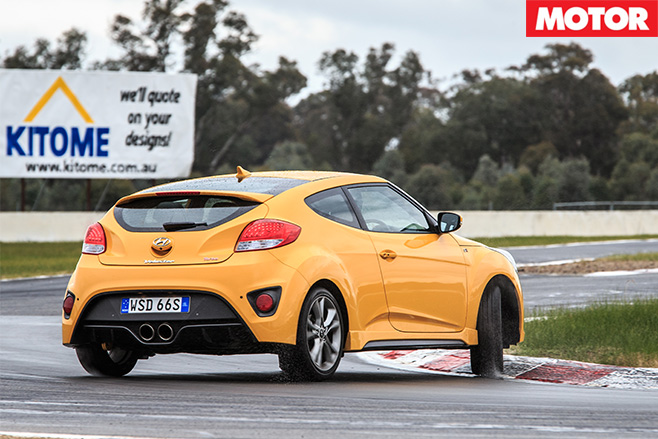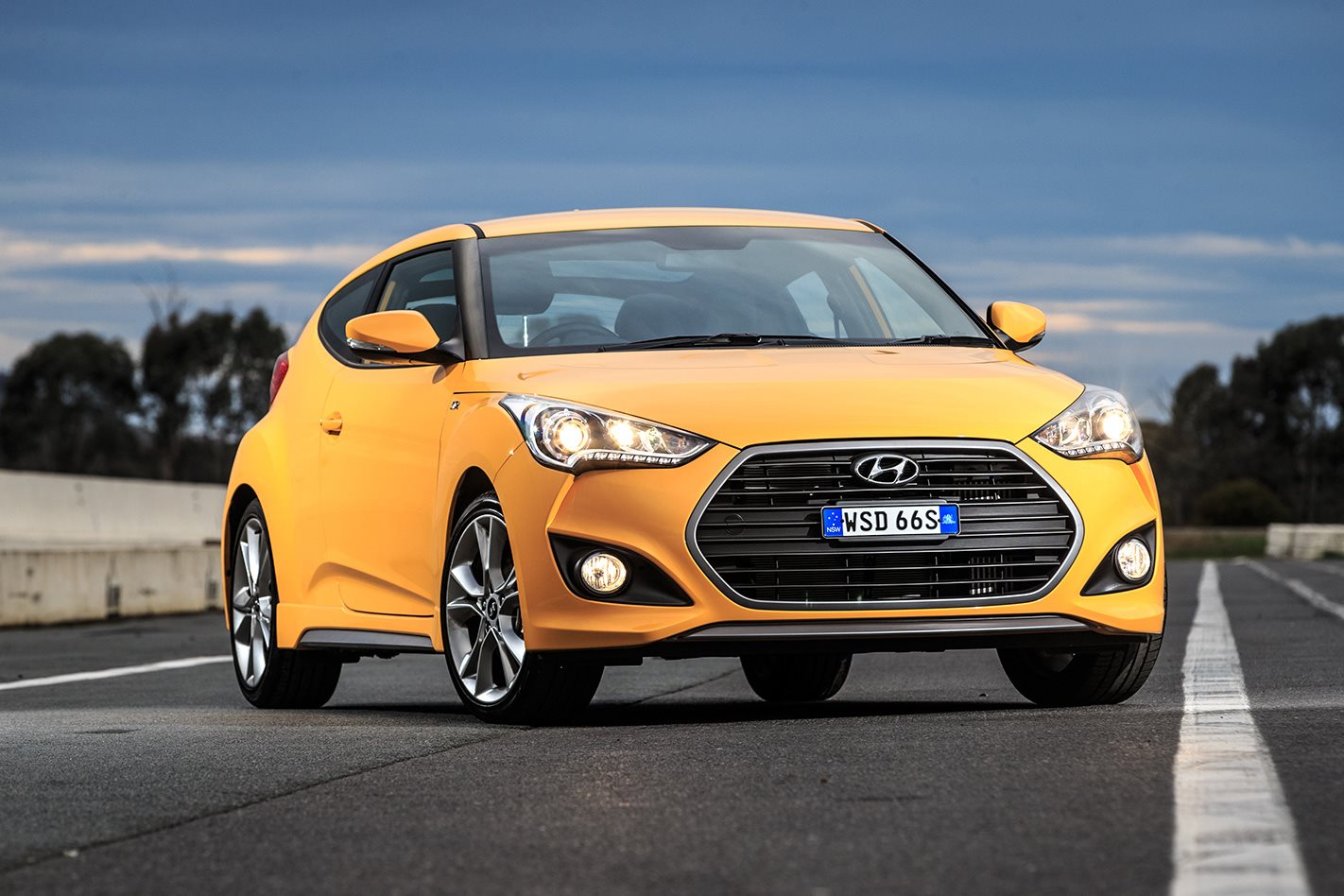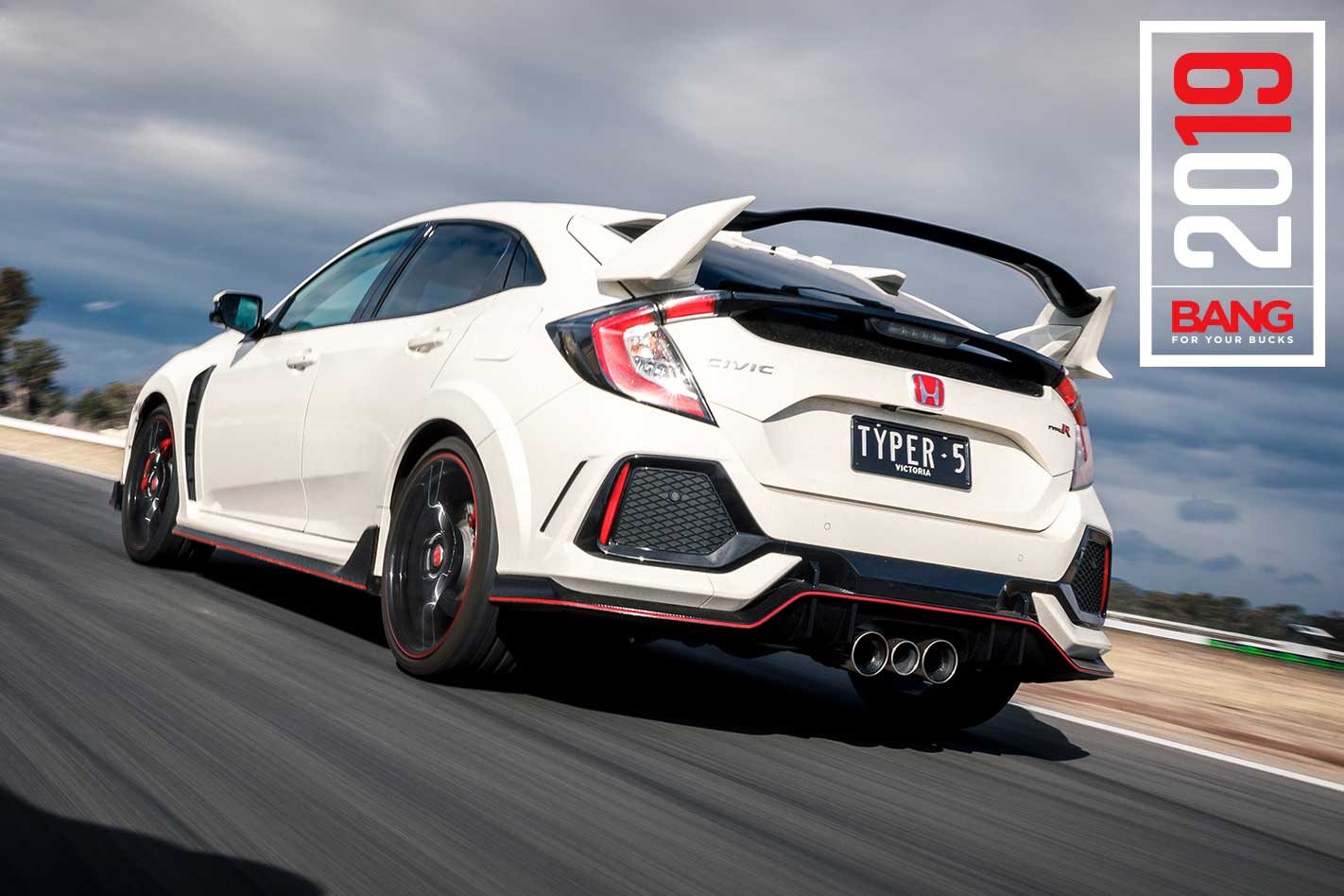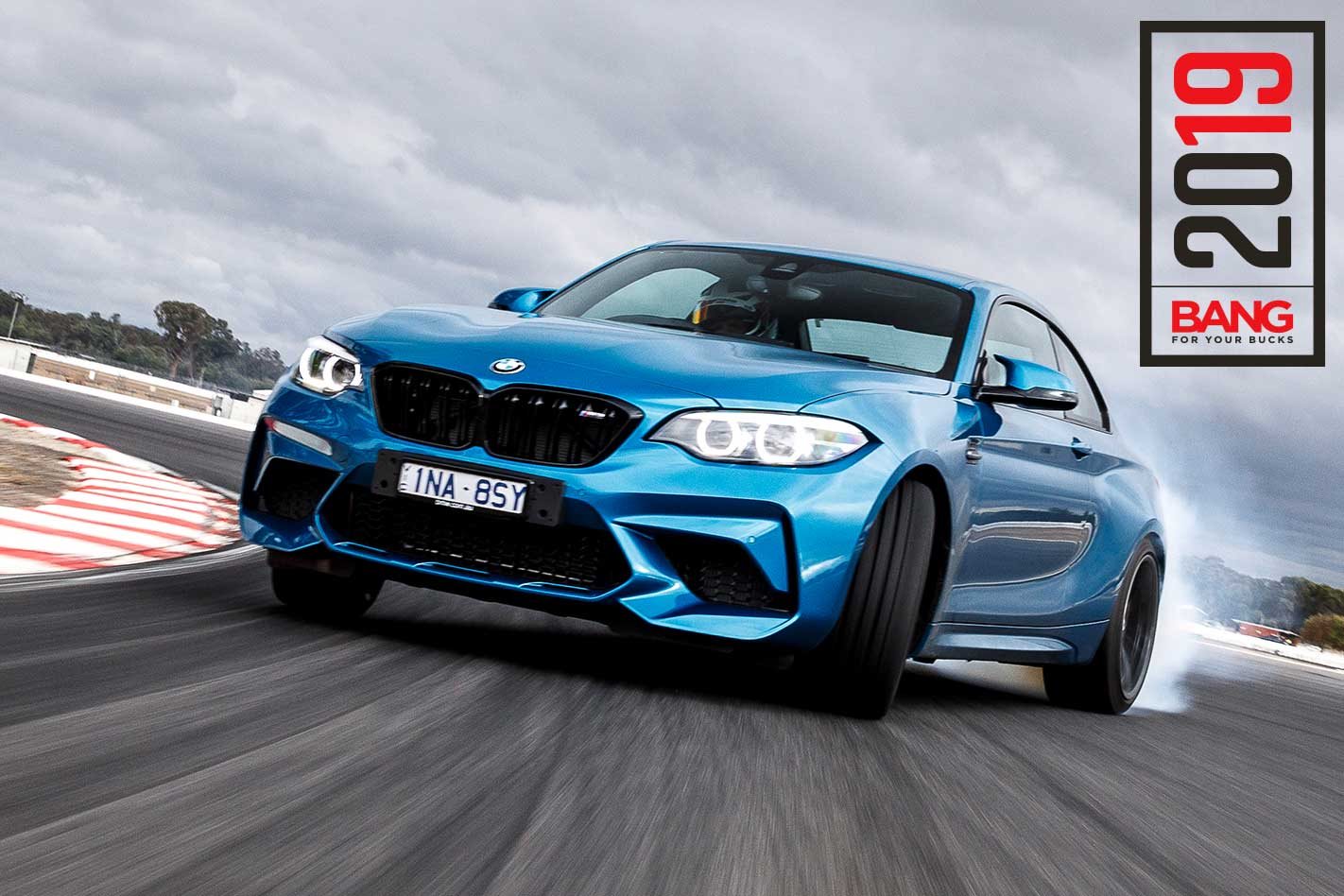Hyundai’s sportiest car has been sporty rather than sports since it stepped onto the scene in 2012 as an asymmetrical anomaly in the hatchback universe.
This is Series II of the car featuring one driver’s door and two passenger-side doors, though, and as ever the brand’s local tuning team has rolled one of its imported models onto the hoist again in an effort to give ride and handling a lift.
Increased front spring rates are introduced to counter the simultaneous reduction in the size of the front anti-roll bar, and new dampers come in as a result of the car’s revised balance – all in the name of getting the Veloster into and out of corners more effectively. There’s also an updated steering rack, and 10mm-wider rubber.
Result? Clear improvements. The more tuneable electric steering is less stodgy and more consistent, if still silent on the communication front. (And again don’t bother playing around with the Flex Steer modes; stick to Normal.) The Veloster Turbo grips well in demanding corners, and tries a bit harder to give the driver something to work with.

The only change under the bonnet is a $2500 option to have the 1.6-litre turbo four mated to a new seven-speed dual-clutch auto. Here, we had the carry-over six-speed manual that helps its Buck cause by dropping $3K to sit below $30K – at $29,990.
That does mean more bang for your buck even if the engine retains its outputs of 150kW and 265Nm. Still half-decent numbers, even if Peugeot’s 308 GT and 208 GTI 30th get more out of their 1.6L turbo fours.
It’s not the most refined engine under duress, though, and was one of the most prone to lag in our turbo-dominated field. And even a meaty mid-range struggles to help the relatively lardy, 1.3-tonne Veloster achieve greater velocity.

Expect more improvements to come, but for now the Veloster Turbo remains more visual than visceral.
0-100km/h – 7.38sec (10th) 0-400m – 15.28sec @ 148.21km/h (10th) Lap time – 1:47.3 (12th)
Overall Scoring
Index – 65.2 Price – $29,990 Bucks Index – 117.2 BFYB Index – 134.2
Judges’ Rankings
Campbell 12th – “It tries hard to thrill you. But ultimately it’s still pretty slow, and a bit dull.”
Morley 8th – “You can’t always see where money has been saved. You can here, though.”
Newman 12th – “A definite improvement; could be a good beginner’s track car.”
Spinks 12th – “Generates decent pace without quite getting the pulse racing.”
Luffy 11th – “It’s surprising how quick it was, but it was also disappointing that it misses mark when it comes to the basics. It doesn’t give enough feedback through the steering wheel, and it doesn’t feel like it wants to push on. It’s getting there, but it’s not quite a hot hatch. It’s missing the little attention-to-detail things, which puts it behind some of the other cars here.”





